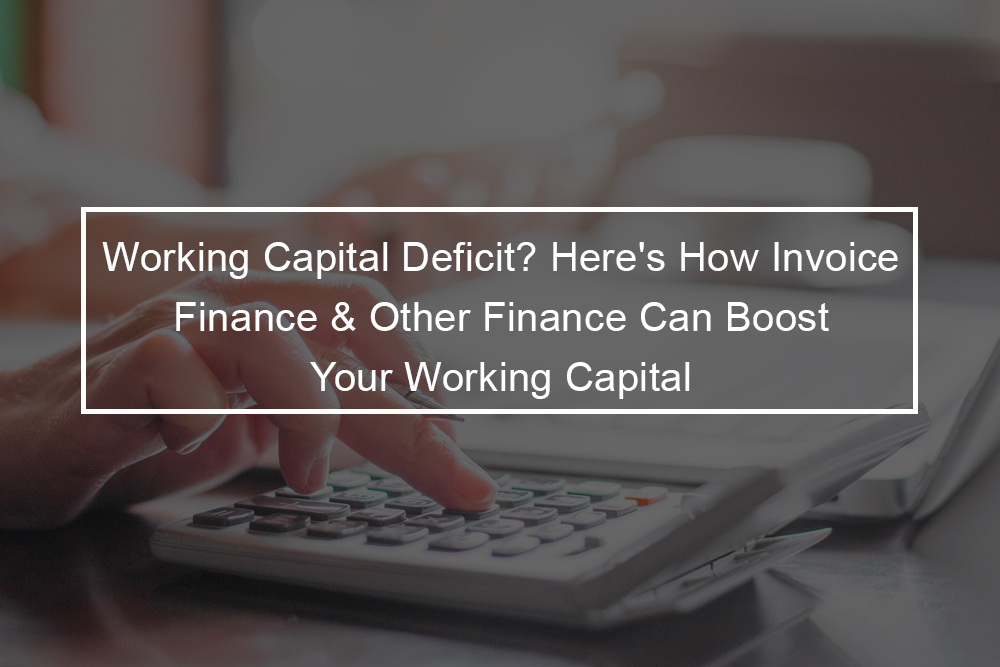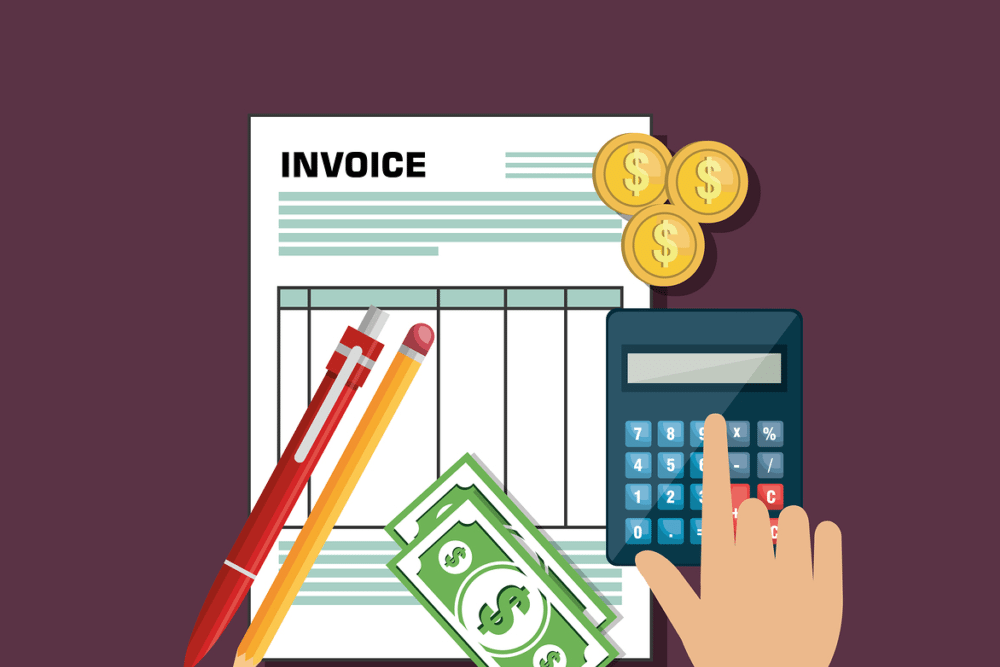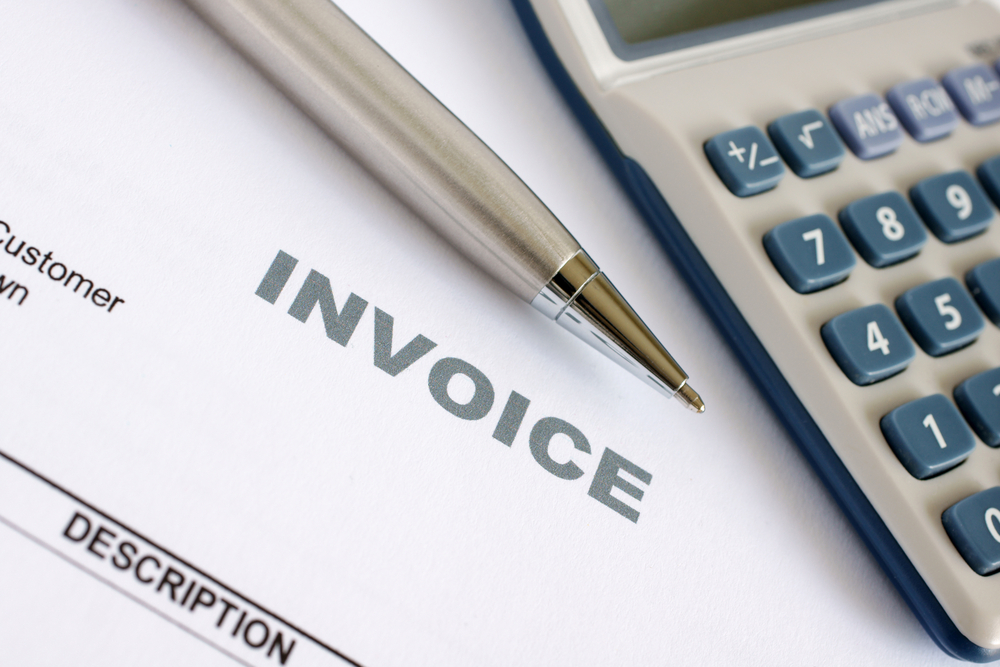Working capital is one of the most vital components for ensuring the smooth operation of any business. It is considered a useful financial tool that offers a fair idea about a business’s short-term financial standing. Therefore, companies facing working capital deficits must take immediate measures to address the same. One popular way to obtain the cash is through invoice financing and has its advantages and disadvantages.
How does invoice finance help in getting working capital for businesses?
Negative working capital is detrimental for a business’s image as it reflects that a company is incapable of paying off its short-term debts. In turn, it erodes the company’s chance of availing financial assistance to replenish the needed existing working capital. Under such situations, business owners might opt for alternative financing options. For companies that provide credit terms to their clients, invoice finance is a common type of working capital finance. With other receivables finance types, invoice finance is based on money owed to your company, and you normally get a percentage of the value owed through one invoice or the entire debtor book.
Invoice factoring includes credit control, and it is usually favored by smaller businesses with lower value invoices, while invoice discounting and selective invoice finance are other potential options for bigger companies with creditworthy customers. Invoice discounting helps business owners to avail capital by leveraging their company’s sales ledgers.
To elaborate, through invoice discounting, firm owners can sell their invoices or accounts receivable to lenders at a discounted rate, often 70-90 percent of the original value. The value, thus availed, can be readily utilized to fulfill the business’ working capital requirements. Business owners can use the value thus availed to continue their operational activities, replenish their inventory, or expand the business scale, among other things. Even though invoice finance is a good way to obtain working capital, it must be noted that invoice finance’s value depends on factors including value owed to you through customer invoices, the due date of the invoice, customer’s creditworthiness, etc. So it is not necessarily the right option if you require a more significant amount of money for longer-term growth plans.
Working capital Loans vs. Invoice finance
Working capital funding works the same as a term business loan, apart from the reason for the loan is more clearly defined. That is, if you get a term business loan from a standard bank, you might have to state that you are utilizing that money to enter new markets, expand your business, purchase new equipment, or open new locations. You are using the loan for something new or above and beyond what you are currently doing in simple words.
Nevertheless, suppose you are looking to get the money to cover the costs of what you are already doing, like running your business operations. In that case, this is viewed differently by traditional banks. They might then provide you business working capital loans for this scenario and will typically require you to provide detailed information about the loan’s aim, what you will use it for, and why you need it.
So how is invoice finance different?
Even if they are sometimes confused with each other, invoice finance and working capital funding are not the same thing. With invoice finance, you continue your business as usual and invoice your customers or clients. You then pass the invoice information to the agreed provider of invoice finance. The provider will then pay you an agreed percentage (this varies from one company to another), often within only 48 hours. Based on the agreement, you will chase the payment as usual if necessary, or the invoice provider will do that for you. You receive the balance of the invoice amount after the invoice is paid, deduct any agreed service fees.
Contrarily to business working capital loans, there is no lengthy credit check to process or complete other comprehensive paperwork. It can be a comparatively smooth process for many businesses in need of quick cash to cover costs. Besides, decisions to lend against invoices can often be made faster, and the funding grows in-line with the company’s turnover.
The provider of invoice finance typically does not determine the transaction’s suitability, depending on whether you need the money to cover daily expenses or you need it to expand into a new market. This is a key difference between the two financing options. Some businesses do not want the banks running interference with their company or making such judgments, so they like the fast, hassle-free format invoice finance provides.
What are the disadvantages of getting working capital from invoice finance
Of course, no source of finance is without its shortcomings. Invoice finance is not perfect for every situation to correct deficit working capital. There are several drawbacks you should be aware of so you can make an informed decision.
It might cost more than other finance options types.
The cost of invoice finance has fallen over the last few years since competition in the industry has soared. Nonetheless, it might not be the cheapest source of funding available to you. You should always get quotes from various invoice finance providers and compare the cost against other credit streams.
Clients might know there is an arrangement in place.
Your clients might be aware that an invoice finance facility is in place. That depends on if you choose invoice factoring or invoice discounting arrangement. Invoice factoring providers are responsible for collecting payments from clients and will deal with them directly. That could harm the relationship you have with those clients. Invoice discounting enables a business to retain responsibility for collecting payments, so the client does not know the arrangement is in place.
Your clients must be other businesses.
Typically, invoice finance is only available on commercial invoices where the client is another business. If you sell services or products to the general public, then this kind of finance will not be available to you.
Other Types of working capital financing
There are numerous types of working capital financing available, and selecting the right product is based on your industry, circumstances, and what you want to achieve. Let us look at other ways to solve a deficit working capital.
Supply chain finance and trade finance
Supply chain finance and trade finance work in a similar way to invoice finance. They are both types of working capital financing created for businesses that focus on physical stock instead of services rendered. Supply chain finance is a mutually useful arrangement based on buyers’ creditworthiness, where the buyer can delay payment for longer while the supplier gets payment from the lender instantly (the payment delay is shouldered by the lender, instead of the supplier). Trade finance is a more sophisticated finance partnership that facilitates international trade, and usually involves arrangements such as prepayment for the shipment of goods from overseas manufacturers.
Asset refinancing
If you can not obtain enough financing through an unsecured business loan, you can always use your company’s assets to raise finance through an asset refinance. Asset refinancing depends on the business’s valuable assets, so you will usually be required to provide a personal guarantee or even involve your personal home. Similar to invoice finance, the amount you can borrow is dependent on the value of the items used to secure funding against.
Merchant cash advances
If your company accepts payment from clients using card terminals, a merchant cash advance is another beneficial way to increase working capital. The financing option gets its name simply because it is a cash advance for merchants — indicating businesses like restaurants, cafes, retailers, and pubs are all suitable. The amount you get advanced is usually expressed as a percentage of your average monthly card revenue (e.g., 120-percent of an average month), and critically, repayments are taken as a percentage of future card revenue too. That indicates repayments can feel comparatively painless because they’re taken at the source.
VAT and Tax bill funding
If you have got a tax bill and it is putting a strain on your working capital, funding is available mainly designed for corporation tax or paying VAT. Getting a loan for your tax bill enables you to spread the costs over three to twelve months so that you will have more cash available for other things in your companies.
Revolving credit facilities
Revolving credit facilities work the same as overdrafts in that they give you a pre-approved source of financing that you can use when you need it. However, the key difference is that with a revolving credit facility, you do not need a particular bank account with that provider — you can direct the funding wherever you need it.
And the best part is that with many providers after they are set up, you only pay interest on outstanding funds, which indicates they can sit idle for a few weeks but are ready to go at a moment’s notice. That makes revolving credit facilities a safety net to have in place.













